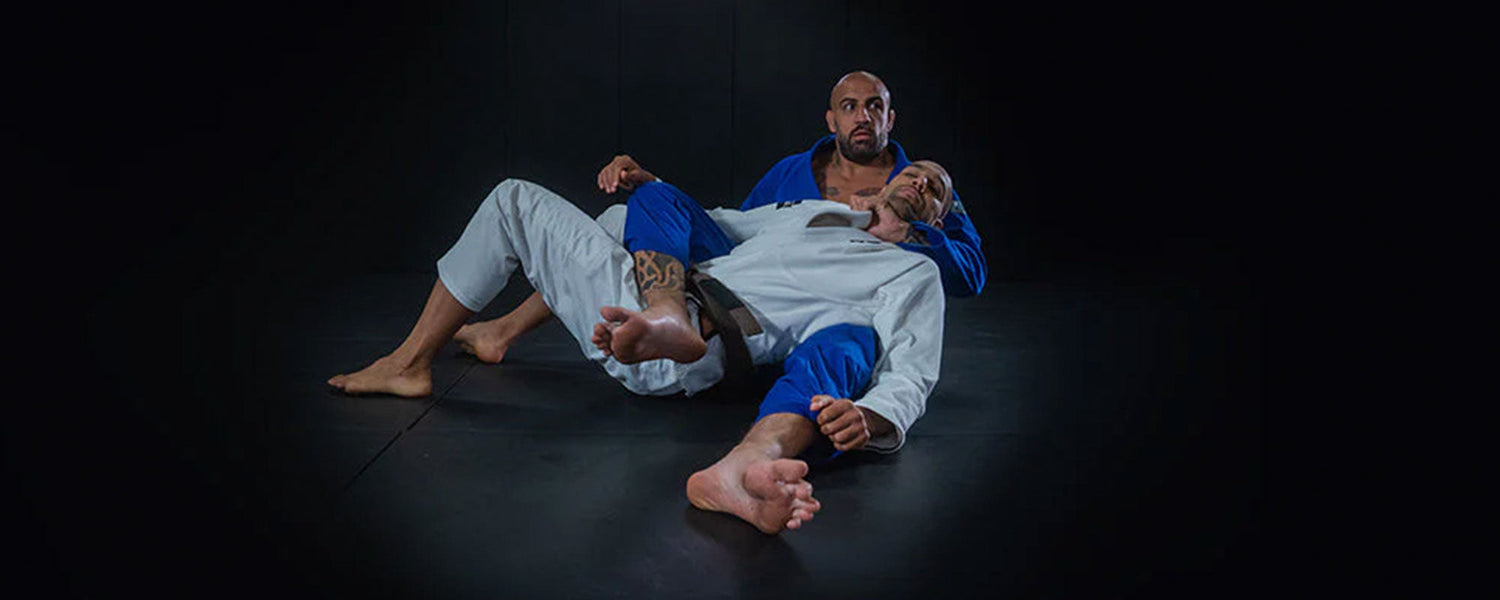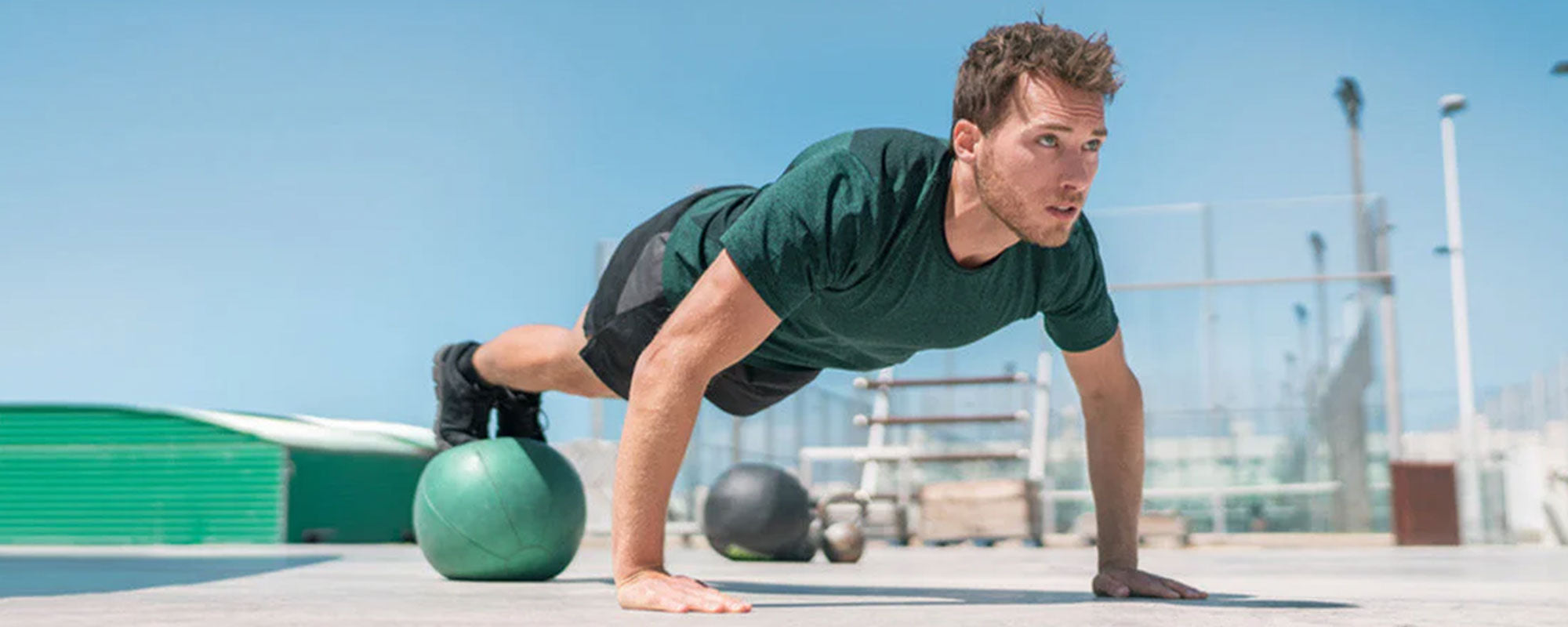Table of content
Brazilian Jiu-Jitsu focuses on grappling and fighting on the ground. BJJ is famous for its many techniques: leg locks, chokeholds, arm locks, and takedowns. Learning this martial art demands a lot of focus and determination to be able to master these techniques. Despite all the difficulties learning BJJ, it is still a reliable form of combat. However, it is not perfect and has some flaws. It also should be addressed for the BJJ fighter to understand the sport in every aspect.
1. What are the Major Weaknesses of BJJ?
The weaknesses of BJJ need to be understood to know your limitations and give you an edge over your opponents. Even if a fighter has mastered basic techniques and won multiple times, he/she should still keep trying to improve his/her BJJ skills. There is always something new for BJJ fighters to learn, whether it be new techniques, variations of the same move, or how scoring works in professional BJJ matches. BJJ has a diverse list of techniques and has a difficult learning curve. With so many different moves, it is nearly impossible to master them all but having proficiency in multiple techniques is how you get an edge over your opponents.
Here is a list of weaknesses that can hinder your performance or be exploited by your opponents in BJJ.
1.1. Lack of Takedowns
Ignoring takedowns puts you at a severe disadvantage in BJJ. A takedown is the most basic BJJ move; a fighter can learn more complex variations at schools or academies. Though it is possible to win matches without using takedowns, BJJ matches typically take place on mats. Without a good understanding of how to perform a takedown, you are at a disadvantage against opponents who know how to guard and pull on top of takedowns. The IBJJF rules allow the use of takedowns and guard pulls so it is encouraged that BJJ practitioners practice these.
1.2. Is the Rear Mount the Worst Position?
According to researchers, the rear mount is considered the worst position in BJJ. Professionals say that the human body is not designed in a way that it can handle attacks from the back. No matter how flexible a fighter is, he/she cannot easily reach or shake off an opponent. IBJJF rules permit the use of a rear mount and award points when successfully used in a match.
1.3. Striking is Not Allowed
BJJ only permits the use of grappling; striking is not allowed. Intentionally striking your opponent can lead to disqualification. BJJ’s lack of striking techniques is considered a weakness because a stricter moveset limited to grappling means there are less ways to defend yourself if you are assaulted on the streets.
1.4. No Weapons Allowed
Much like many martial arts, BJJ does not allow the use of weapons. Though mastery of BJJ will allow practitioners to handle barehanded attackers, they are still put at a serious disadvantage when up against someone using a weapon. Similar to the complaint about a lack of striking, BJJ not teaching practitioners how to use weapons limits their capabilities and leaves them with less ways to defend themselves if assaulted on the streets.
1.5. Impractical Guard
An impractical guard leaves you vulnerable and is prohibited in BJJ matches. If a fighter is stopped by a guard position, he/she would not be able to easily make the opponent release him/her. If you are forced to guard against your opponent, this is regarded as a worst scenario. In a real situation, if someone caught you in the guard position and you did not know how to defend yourself, you would find yourself trapped. One should learn how to do a sweep and be aggressive to better protect oneself from assailants.
2. What are the Minor Weaknesses of BJJ Training?
2.1. Little to No Stand-Up Practice
BJJ fighters learn to take down their opponents fast, otherwise, they risk being blocked and on the receiving end of an opponent’s takedown. Because most of the action takes place on the ground, BJJ does not place much emphasis on fighting while standing up.
2.2. Multiple Fighters
BJJ is a martial art that emphasizes one-on-one combat. Because the techniques are meant for subduing a single opponent, they are not useful when up against multiple fighters at once. In real life, you will seldom face assailants one at a time which can render your BJJ training useless.
2.3. High Rate of Injury
As BJJ involves employing joint locks, arm locks, and leg locks, there is a very high risk of pulling muscles or breaking limbs if too much pressure is applied.
Also read: Tips for Safe from Injury
2.4. Application of BJJ Off the Mat
Though BJJ teaches you plenty of complex grappling moves, they are more suited for a mat than out on the streets. What may work on a mat may be difficult to apply when being robbed or bullied anywhere else.
2.5. Concussion in BJJ practice
Although it is mandatory to listen to warnings and take proper medication before taking part in a BJJ match, concussions can still occur during BJJ matches. Research has shown that 25.2% of reported concussions occurred during BJJ practice.
Also read: Concussion in BJJ
3. Weaknesses of IBJJF Point System
After the International Brazilian Jiu-Jitsu Federation was created, it established tournament rules and a point system for BJJ fighters.
- Upper Body Attacks: In IBJJF matches, fighters rely solely on their upper body to execute offensive moves.
- Stalling Action: Many BJJ professionals and referees penalize fighters who try to frequently use stalling tactics during matches.
- No Penalties for Pulling Guards: During takedowns, BJJ fighters frequently try to pull guard to bypass their opponents’ defenses. There are no major repercussions for employing a guard pull according to IBJJF rules.
- Referee Enforcement Rules: Any intervention or decisions made by referees may have some bias if something occurs that is not well-defined by the rules.
4. Does BJJ cause Arthritis?
In most studies, it is found that BJJ can be a cause of arthritis. It starts from the fingers and moves up the arm, slowly affecting the larger joints. If you sustain a lot of injuries in BJJ, the repeated inflammation can ultimately lead to arthritis. The frequent trauma to your joints while practicing BJJ techniques can also lead to arthritis. According to research, injuries sustained from BJJ and other martial arts have an 86% chance of causing diseases like hypertension, arthritis, impetigo, etc.
5. Conclusion
Though a popular martial art, BJJ does have some flaws. However, BJJ can have a bunch of benefits for your physical and mental health. Based on the information discussed above, you can choose BJJ techniques you can handle to avoid falling into the weaknesses. This study helps players to widen their skill set while practicing BJJ












Leave a comment
This site is protected by hCaptcha and the hCaptcha Privacy Policy and Terms of Service apply.